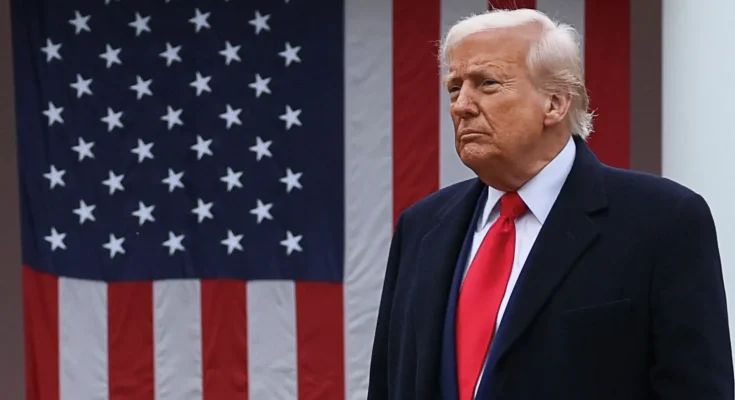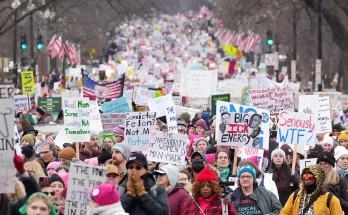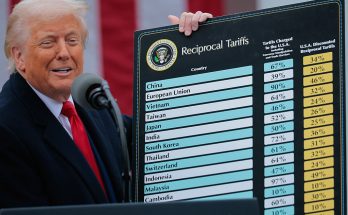Former U.S. President Donald Trump’s announcement of sweeping tariffs has sent shockwaves through Europe, with significant consequences for various industries. While some sectors stand to lose billions in revenue, others may find unexpected opportunities. The move has been met with strong condemnation from European leaders, warning of severe economic consequences.
Losers
1. The European Automotive Industry
One of the hardest-hit sectors is the European automotive industry, particularly in Germany, which is known for its high-end car manufacturers such as BMW, Mercedes-Benz, and Volkswagen. The new tariffs on vehicle exports to the U.S. will likely increase costs for American consumers, leading to a potential decline in demand. The German Automotive Industry Association has already expressed concerns, warning that these tariffs will “only create losers,” potentially causing job losses and reduced revenues.
2. Luxury Goods and Consumer Products
European luxury brands such as Louis Vuitton, Gucci, and Rolex are also facing significant setbacks. The U.S. is one of the biggest markets for high-end European fashion and accessories, and increased tariffs will make these products more expensive for American consumers. Stock prices of companies like Adidas and Puma have already seen declines of over 9%, reflecting investor fears of decreased U.S. sales.
3. The Spirits Industry
European wine and spirits manufacturers, particularly those in France, Italy, and Scotland, are bracing for losses. American consumers may shy away from expensive imported wines, whiskey, and champagne, turning to domestic alternatives. Italian winemakers have warned of a “serious production and employment crisis,” as many labels may vanish from U.S. shelves due to higher costs.
4. Financial Markets and Banking Sector
European stock markets reacted negatively to Trump’s tariff announcement, with shares hitting a two-month low. The banking sector, which relies on international trade and investment, was particularly affected. Financial institutions such as Deutsche Bank and BNP Paribas saw declines as concerns grew over an impending economic slowdown triggered by escalating trade tensions.
Winners
1. U.S. Domestic Industries
Trump’s tariffs aim to protect and boost U.S. domestic industries by making European imports more expensive, thereby encouraging American consumers to buy locally made products. This is particularly beneficial for U.S. car manufacturers, textile industries, and agricultural producers, who will face less competition from European goods.
2. Non-European Exporters
With European goods becoming more expensive due to tariffs, other non-European exporters—such as those from China, Japan, and Latin America—could find an opportunity to increase their market share in the U.S. For example, Mexican auto manufacturers might benefit as American consumers look for more affordable alternatives to European cars.
3. European Domestic Consumers
A potential silver lining for European consumers is that some luxury and export-driven products may become cheaper domestically. If demand in the U.S. drops, companies may offer discounts in Europe to maintain sales, benefiting local buyers.
Retaliation and Future Uncertainty
In response to these tariffs, the European Union is preparing countermeasures, including potential tariffs on American imports such as orange juice, jeans, and motorcycles. The EU is also considering actions against U.S. tech and banking services, setting the stage for a trade war.
As tensions escalate, the economic interdependencies of global trade become evident, with both winners and losers emerging from protectionist policies.



